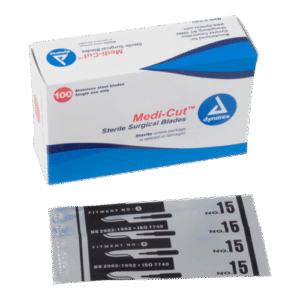Home » Auto Bottom vs. Tuck End Folding Cartons
Auto Bottom vs. Tuck End Folding Cartons
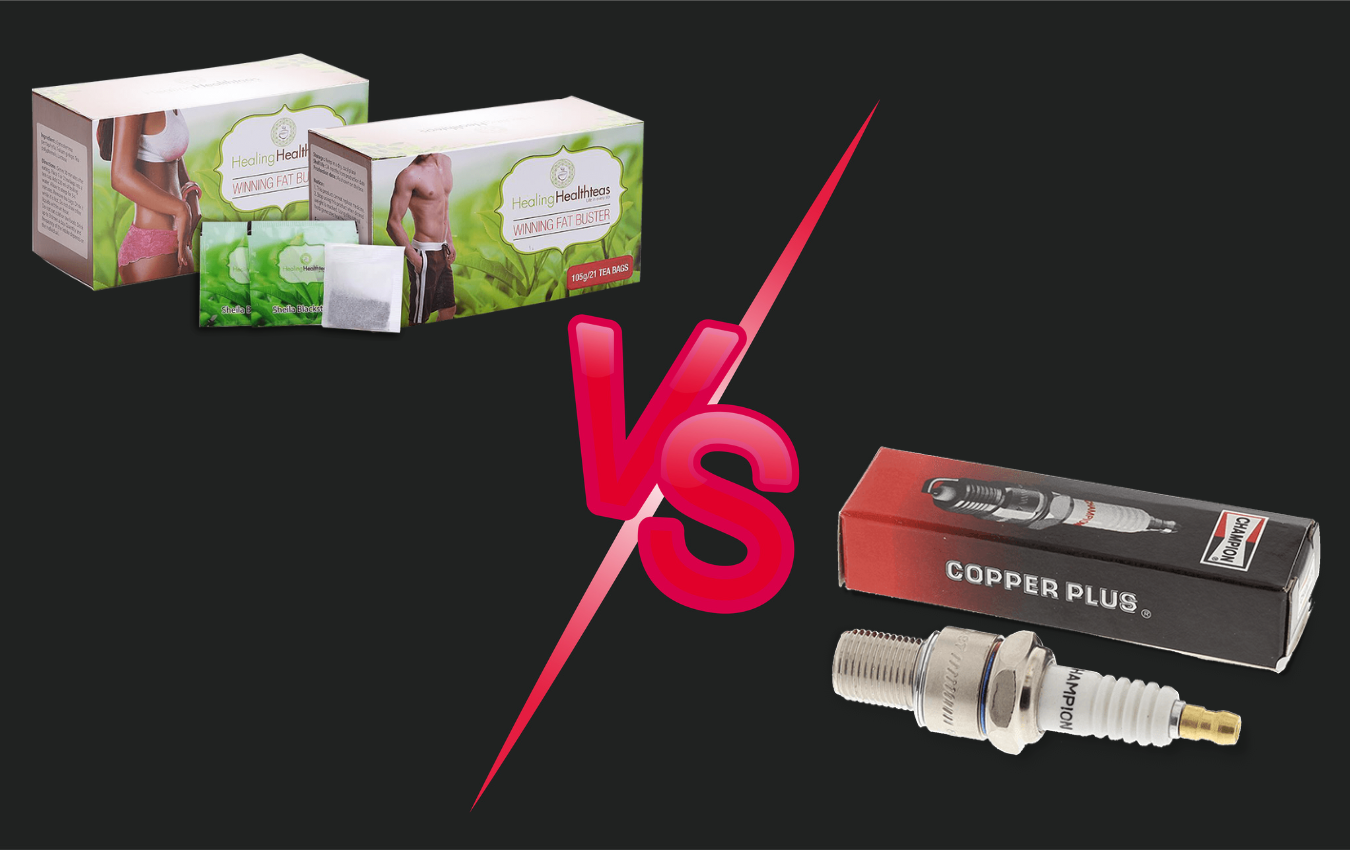
In the packaging industry, the design of a carton can significantly impact both the presentation and functionality of a product. Among the various styles available, auto bottom and tuck end folding cartons are popular choices, each with its distinct advantages. This blog post explores when to use an auto bottom carton versus a tuck end (straight or reverse) folding carton, helping you make an informed decision based on your product’s specific needs.
Understanding Auto Bottom Folding Cartons
Auto bottom cartons are designed for ease of assembly and durability. They feature a pre-glued bottom that automatically snaps into place when the carton is opened.
- Ease of Assembly: Ideal for efficiency in packing processes, as they can be quickly and easily assembled.
- Durability and Strength: The auto bottom design provides a strong and stable base, making these cartons suitable for heavier items.
- Applications: Commonly used for products like cereals, frozen foods, and electronics that require sturdy packaging.
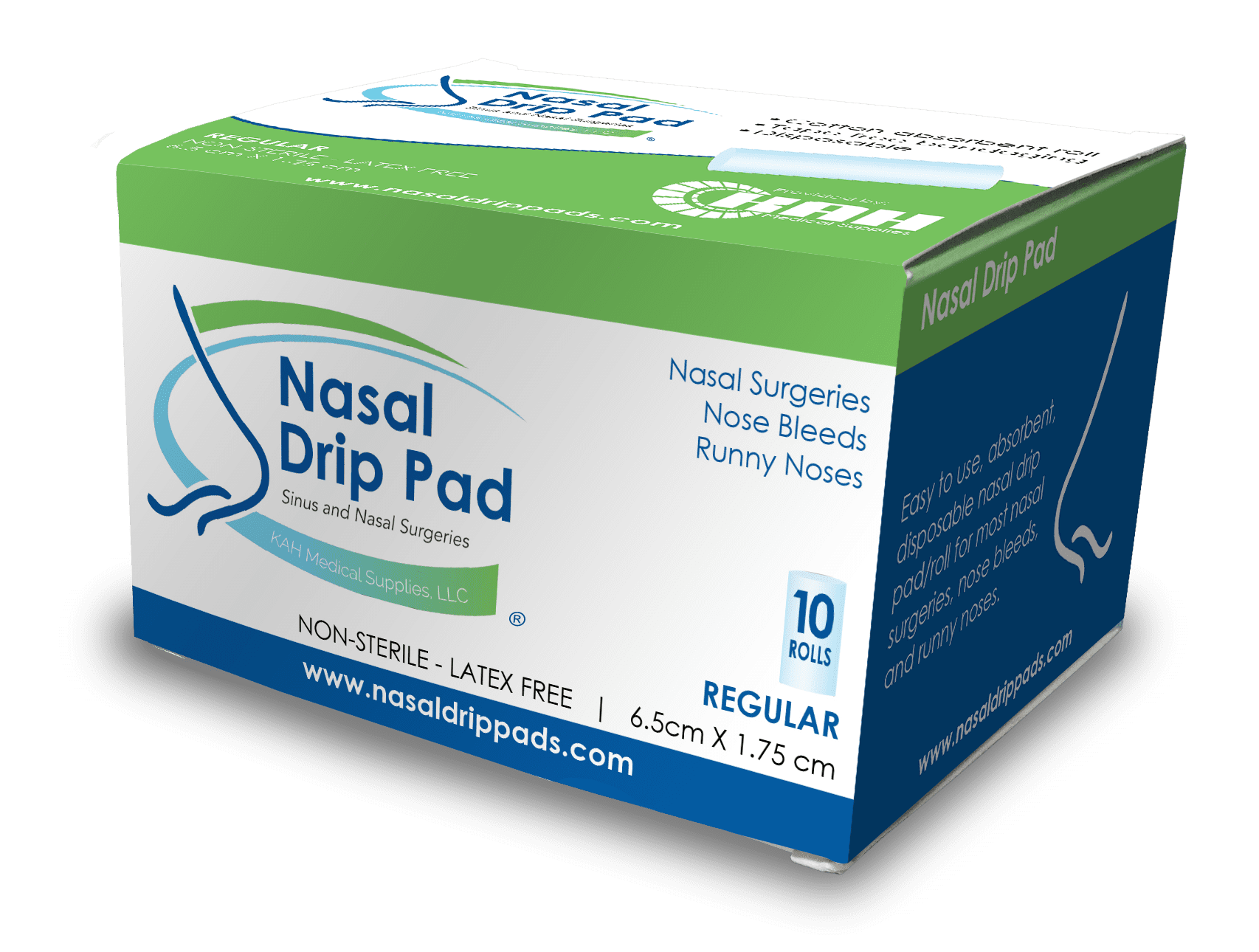
Exploring Tuck End Folding Cartons
Tuck end cartons come in two main types: straight tuck end and reverse tuck end. Both involve tucking flaps at one or both ends of the carton, but they differ in the direction in which the flaps close.
- Straight Tuck End:
- Flaps tuck in the same direction, providing a clean, uniform look.
- Ideal for products where presentation is key, such as cosmetics or pharmaceuticals.
- The continuous surface is excellent for showcasing branding and product information.
- Reverse Tuck End:
- Flaps tuck in opposite directions, offering a secure closure.
- More stable when standing up than straight tuck end.
- Commonly used for lighter items, including consumer goods and food products.
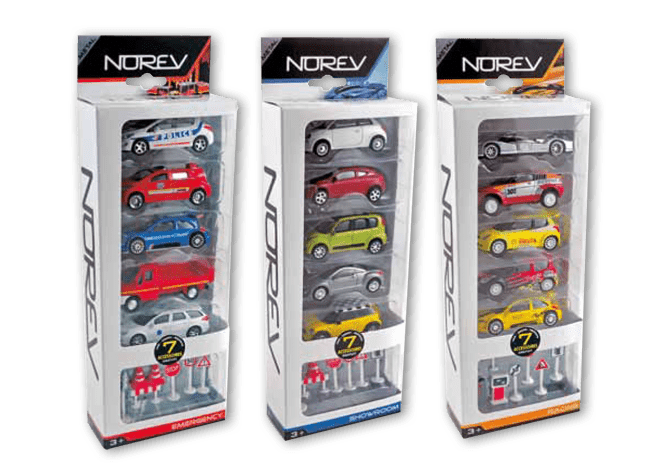
When to Use Auto Bottom Cartons
Auto bottom cartons are particularly useful in the following scenarios:
- For Heavier Products: Their structural integrity makes them ideal for heavier items that require additional support at the base.
- High-Speed Assembly Requirements: If your packing process demands speed and efficiency, auto bottom cartons are a time-saver.
- Automated Packing Lines: They are well-suited for automated packaging systems, reducing manual labor and increasing productivity.
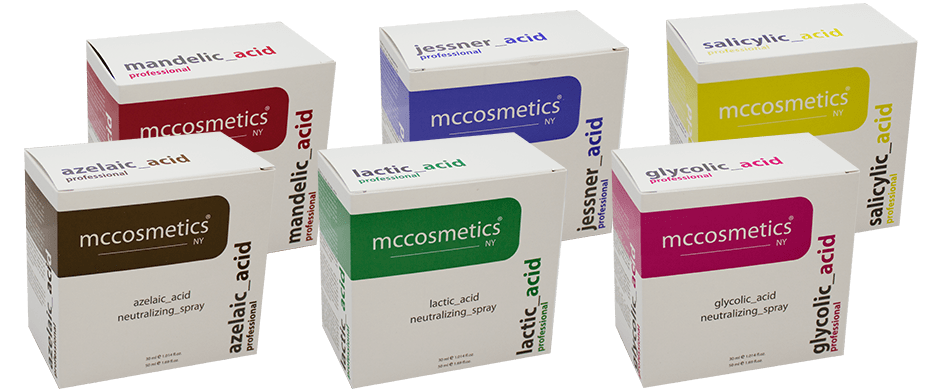
When to Opt for Tuck End Cartons
Tuck end cartons are preferred in situations where:
- Aesthetics Matter: If your product requires a high level of shelf appeal, straight tuck end cartons offer a sleek and clean presentation.
- Versatility in Packaging: Both straight and reverse tuck end cartons can accommodate a variety of products and are easily customizable in terms of size and design.
- Cost-Effectiveness: Particularly with reverse tuck end cartons, they can be more economical, making them suitable for products with tight budget constraints.
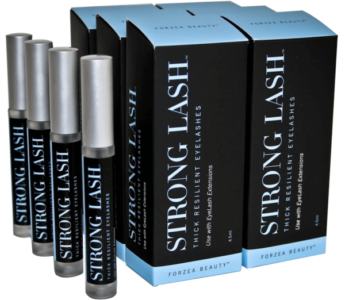
Customization and Branding
Both auto bottom and tuck end cartons offer excellent opportunities for customization and branding.
- Printing and Finishing Options: You can enhance the cartons with various printing techniques, finishes, and textures to make your product stand out.
- Sustainability Options: Consider eco-friendly materials and inks to appeal to environmentally conscious consumers.
If you are interested in custom folding cartons such as auto bottom, straight tuck end, reverse tuck end, or any other style, then partner with Brown Packaging today to get started.
RSC boxes are known for their efficiency and versatility, but their performance ultimately comes down to strength. Buyers often see numbers like ECT, BCT, and
In packaging, foam isn’t just about initial protection — it’s about maintaining performance over the entire shipping or storage cycle. Compression set and recovery characteristics
Pouches are a go-to for flexibility and convenience, but they can fail in critical ways—from poor seals to punctures and delamination—that hurt performance and brand
In the retail environment, the placement of Point of Purchase (POP) displays is just as critical as their design and content. Strategic positioning can significantly
Choosing the right foam density isn’t about “soft” versus “hard” — it’s about controlling shock transmission and matching the foam’s cushioning curve to the product’s
Moisture resistance and dimensional stability are critical performance factors for custom inserts, especially when products are shipped or stored in variable climates. Both foam and
Home » Auto Bottom vs. Tuck End Folding Cartons
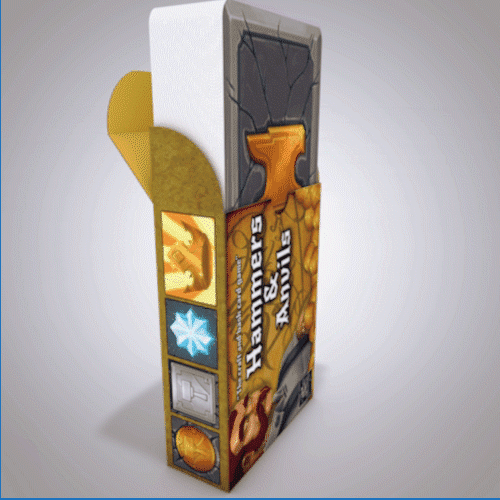
Functional features like tear strips, windows, and hang tabs can enhance consumer experience and retail appeal—but they also introduce engineering challenges. Each modification affects structural
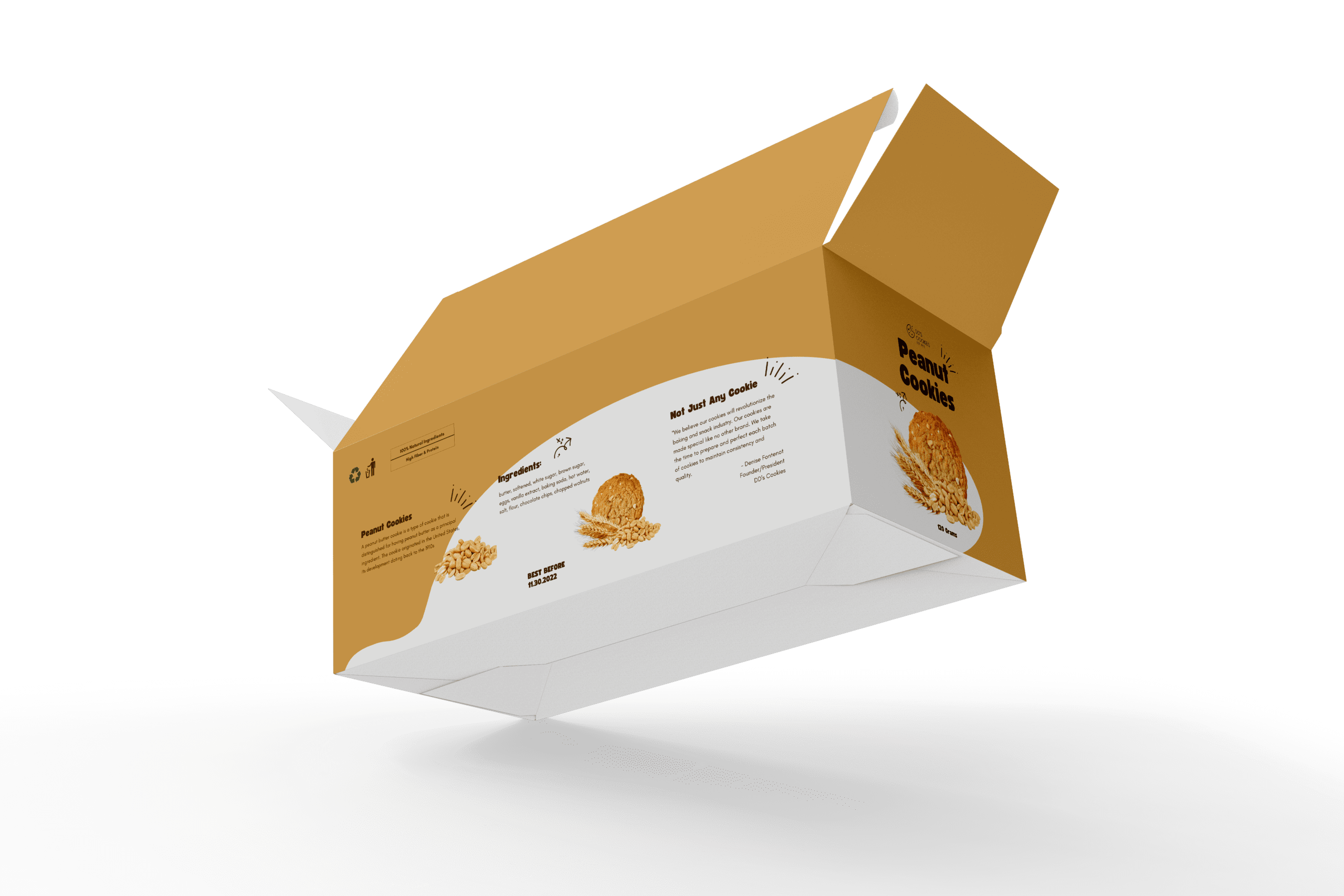
What is Chipboard? Chipboard is made from small wood particles mixed with resin, binders and other additives, which is then pressed together under high temperature
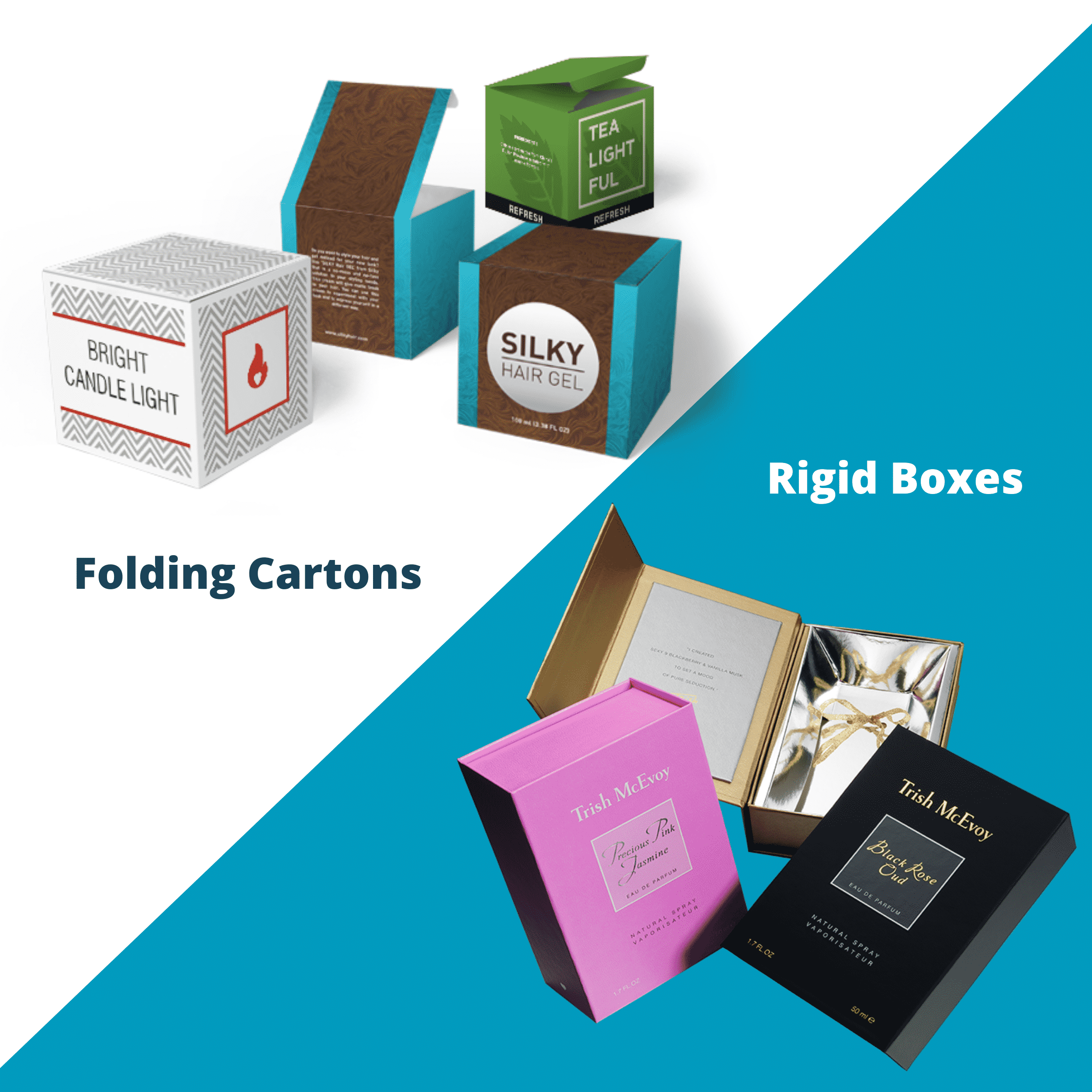
When it comes to packaging your products, the choice between folding cartons and rigid boxes is crucial. Both types serve similar purposes in protecting, displaying,


